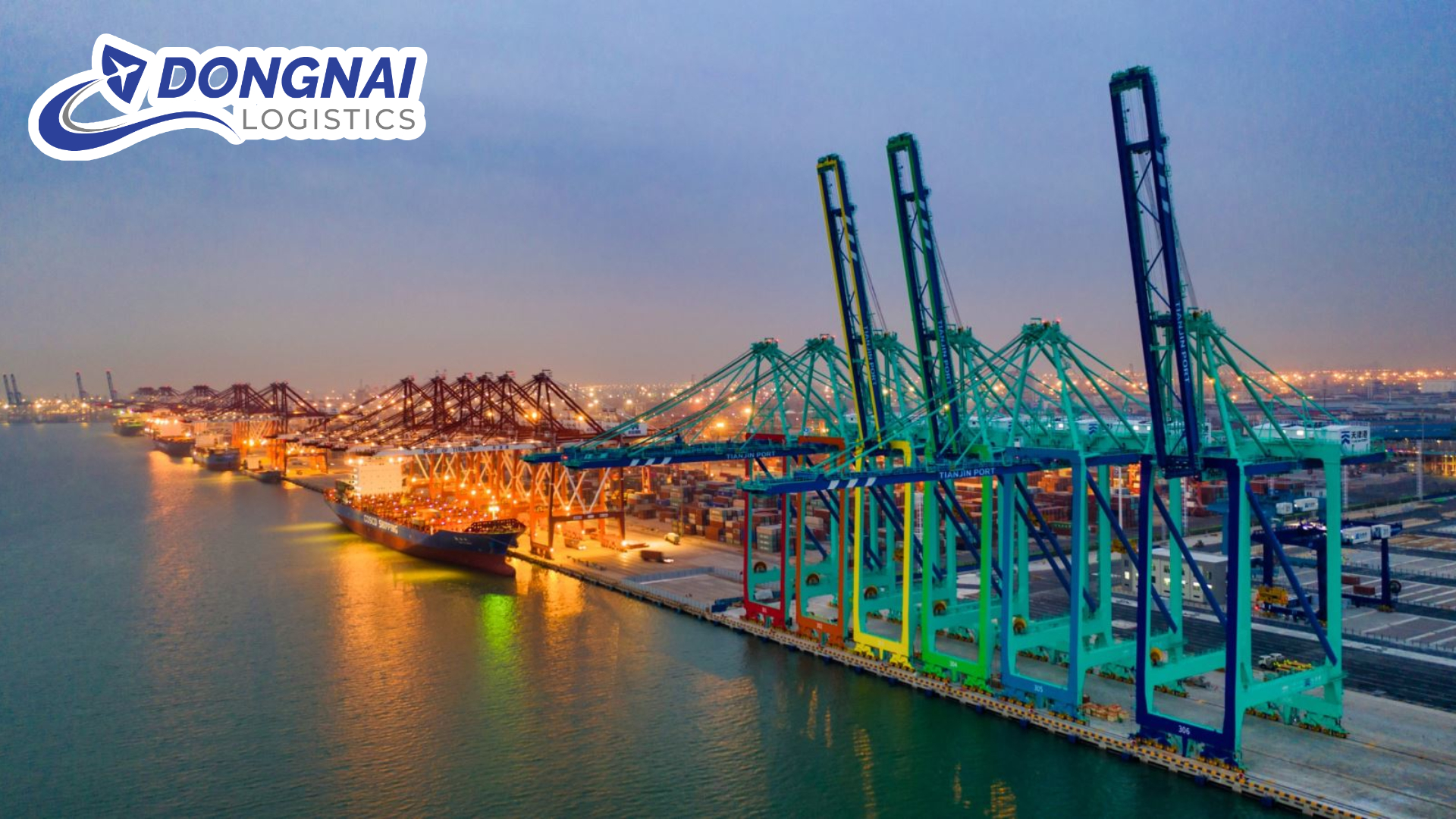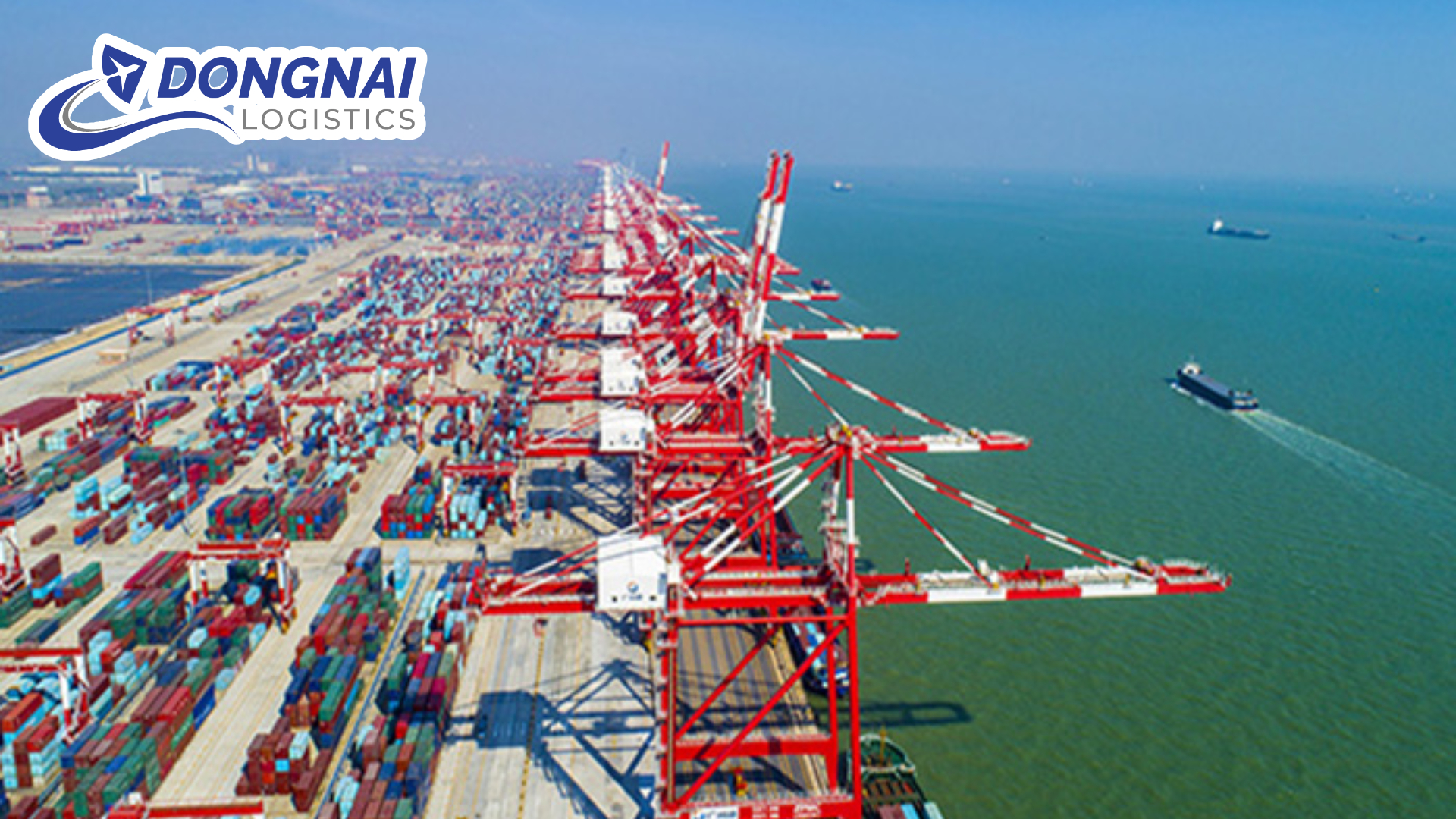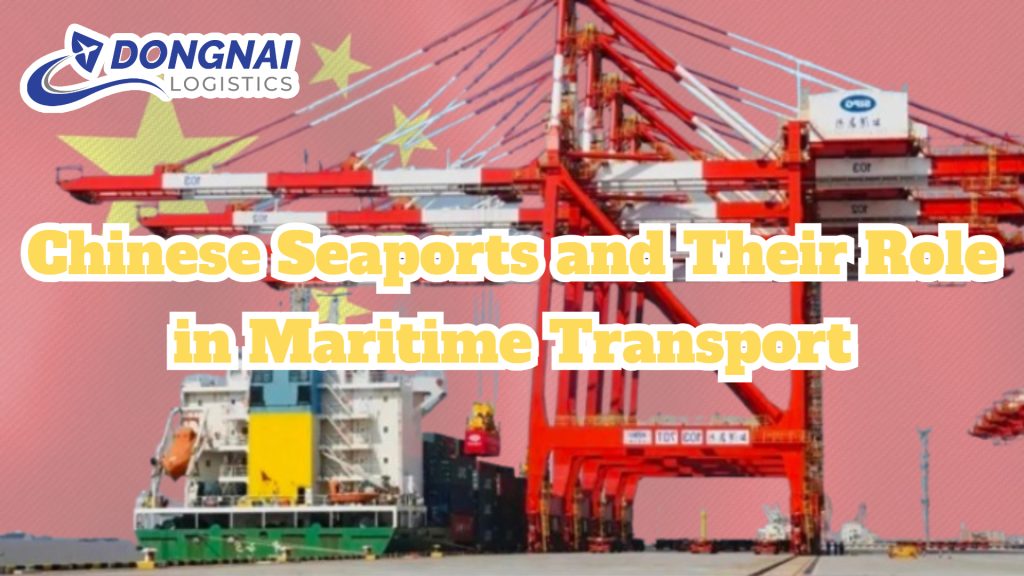Chinese Seaports: The Largest Ports System in China and Its Role in Global Maritime Transport
1. Introduction to Chinese Seaports and Their Port System
China has one of the world’s most advanced and extensive seaport systems. Thanks to its strategic location and ongoing infrastructure investments, Chinese seaports play a pivotal role in global trade, serving as key gateways for both domestic and international shipping. Over recent decades, China has significantly upgraded its port capabilities with advanced technologies, deep-water ports, and automated cargo handling systems. These developments help maintain China’s leadership in maritime transport, with several of its ports ranking among the busiest globally, playing a critical role in global supply chains and driving economic growth.

2. The Major Chinese Seaports
2.1 Shanghai Port
Shanghai Port is the largest port in China and the world. Located at the mouth of the Yangtze River, this port has a strategically important position. It consists of key areas such as Yangshan, Waigaoqiao, and the river port. With its modern logistics systems, the port facilitates the swift and efficient movement of goods. Automation technologies enable the port to operate more smoothly and accurately. Shanghai Port connects China with numerous countries around the globe and plays a crucial role in the global supply chain.
2.2 Tianjin Port
Tianjin Port is a significant port located in northern China and serves as the primary gateway for goods entering and leaving Beijing. With its expansive area and modern warehouse facilities, Tianjin Port has the capacity to handle millions of TEU containers each year. The port’s connectivity with road, rail, and air transport routes plays a vital role in the global supply chain, enhancing China’s competitiveness in the international market.
2.3 Guangzhou Port
Guangzhou Port, one of the oldest ports in China, serves as a trade hub in the southern region. Situated in the Pearl River Delta, it connects with major industrial production zones such as Shenzhen and Dongguan. Due to its favorable location and significant infrastructure investments, Guangzhou Port is one of the busiest ports in the world, particularly for exports of consumer goods, electronic components, and industrial products.
3. The Role of Chinese Seaports in Maritime Transport
3.1 Boosting International Trade through Chinese Seaports
With a widespread and modern port system, China plays a pivotal role in the global supply chain. The major ports in China not only serve domestic transportation needs but also connect with international shipping routes, facilitating trade between China and other countries.
3.2 Supporting Industry and Manufacturing
As the “world’s factory,” China is home to numerous large industrial zones along its coastline. The well-developed port system helps optimize logistics processes, reduce transportation costs, and increase production efficiency. As a result, businesses can easily export goods to foreign markets.
3.3 Advancing Technology and Automation
Chinese seaports are at the forefront of technological innovation in maritime transport. Many ports have adopted automation, artificial intelligence, and smart port management systems to enhance operational efficiency.
- Shanghai Port uses automated cranes, AI-driven logistics tracking, and unmanned cargo vehicles to optimize workflow.
- Tianjin Port has implemented big data analytics and cloud computing to improve cargo management and reduce delays.
- Guangzhou Port employs 5G-powered remote-control cranes to increase efficiency and safety.
3.4 Alleviating Pressure on Traditional Shipping Routes
With a number of large ports, China has a better distribution of goods. This helps reduce congestion, enhancing transport efficiency. Timely deliveries are ensured, minimizing delays. Logistics costs are also lowered, providing significant savings for businesses.

4. Conclusion
China’s seaport system is a fundamental pillar of the global economy. The continuous expansion and modernization of major ports such as Shanghai, Tianjin, and Guangzhou reinforce China’s dominance in global maritime transport. These ports provide critical support for the country’s trade, manufacturing, and logistics industries, ensuring sustained economic growth and competitiveness.
Looking ahead, China is expected to invest further in smart port technologies, automation, and sustainable shipping solutions. These efforts will not only enhance efficiency but also contribute to the global push for greener, more sustainable maritime transport.
As the global economy continues to evolve, China’s world-class port infrastructure will remain a key driver of international trade and logistics innovation, solidifying its status as a maritime powerhouse.
Read More:
Vận tải biển: Xương sống của chuỗi cung ứng toàn cầu
Vải Vận Chuyển Từ Đồng Nai Sang Phần Lan Bằng Đường Biển
Vận chuyển hàng hóa từ Đồng Nai đi Phú Quốc
Chuyển phát nhanh từ Quảng Ninh đến Đồng Nai chất lượng, uy tín, giá cạnh tranh

